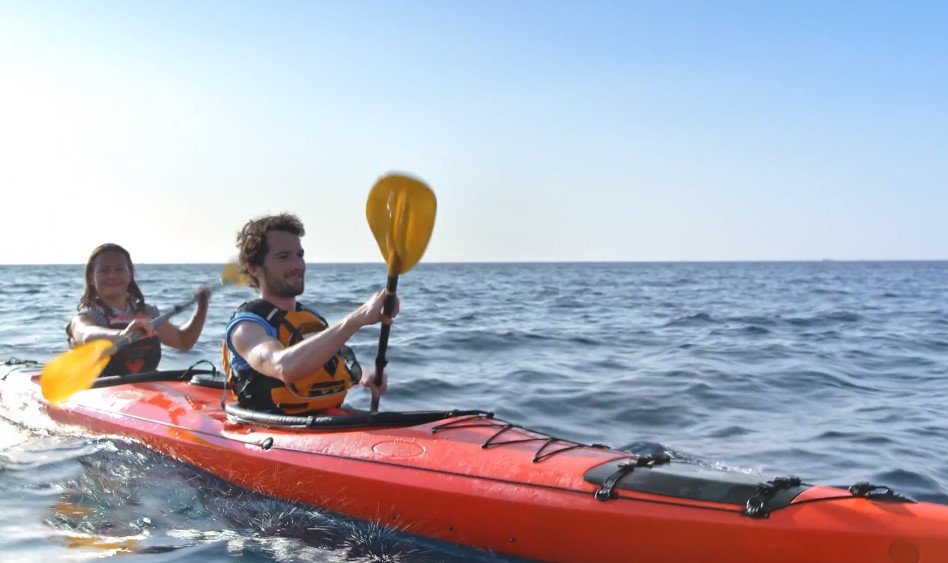Kayaking isn’t just about gliding on water. It’s a trip back through time, where every stroke of the paddle tells a story.
From the Arctic hunters who crafted the first kayaks to the modern enthusiasts who ride fiberglass and polyethylene marvels, kayaks have come a long way.
Let’s hop into our time machine and talk about the fascinating evolution of kayaks.
Ancient Origins & the Birth of the Kayak
Imagine you’re an Arctic hunter. The icy waters of the North are your hunting grounds. You need a vessel, something light yet durable, to sneak up on seals and navigate the treacherous waters. Thus, the kayak was born.
Key Features of Early Kayaks
- Materials: Made from driftwood frames and covered in seal or whale skins.
- Design: Narrow, with a covered deck to keep water out.
- Functionality: Stealthy and agile, perfect for hunting and fishing.
The Inuit, Aleut, and Yup’ik peoples are credited with the kayak’s invention. These early designs were so effective that some elements remain unchanged today.
From Arctic to Global Waters

Kayaks didn’t stay in the Arctic. Explorers and traders encountered these ingenious vessels and took the idea back to Europe. By the 1800s, kayaks began to pop up in European waters, but with a twist.
European Innovations
- Materials: Europeans began using wood and canvas, making kayaks more accessible.
- Purpose: While still used for hunting and fishing, recreational kayaking started gaining popularity.
German and French enthusiasts pioneered modern recreational kayaking, organizing the first known kayak competitions in the 1930s.
Mid-20th Century & the Rise of Modern Kayaking
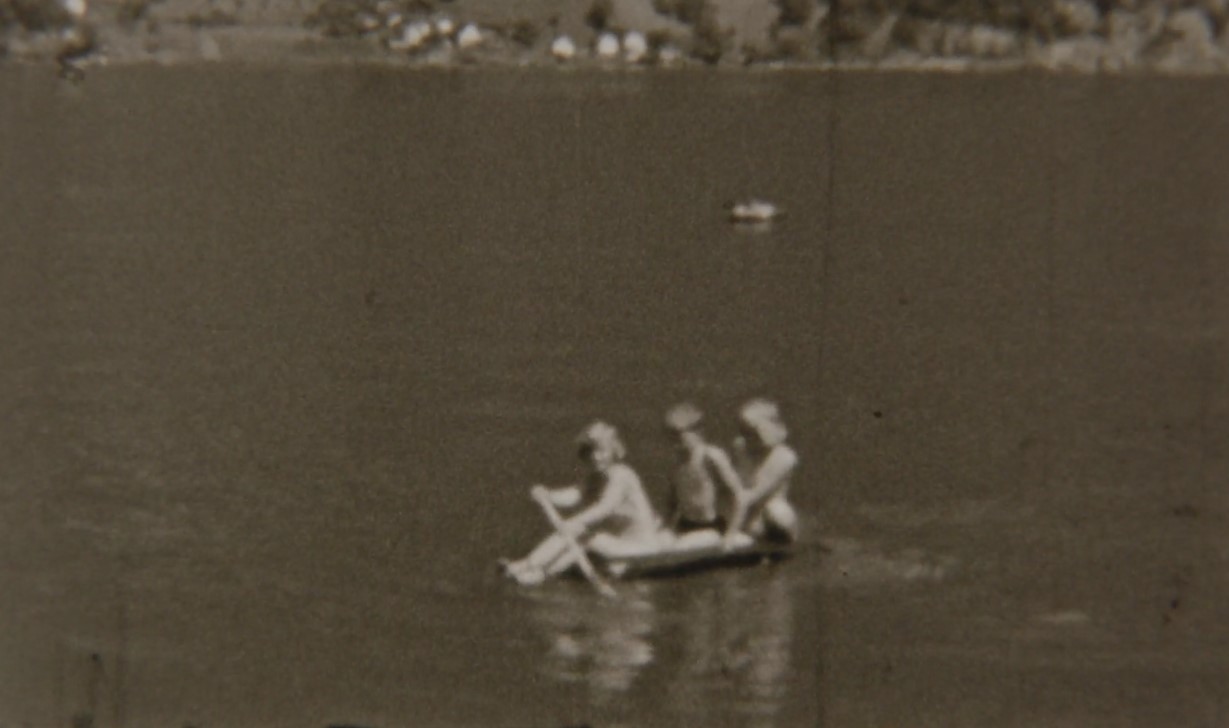
The 1950s and 60s were a pivotal period. Advances in materials and design revolutionized the kayak industry.
Modern Kayak Features
- Materials: Introduction of fiberglass, which made kayaks lighter and more durable.
- Design Innovations: Larger cockpits, improved stability, and specialized designs for different water conditions.
Recreational kayaking exploded in popularity. Whitewater kayaking emerged, and people started using kayaks for everything from leisurely paddles to heart-pounding rapids. Even kayaking equipment and clothing gained huge popularity.
The Plastic Revolution (1970s Onwards)
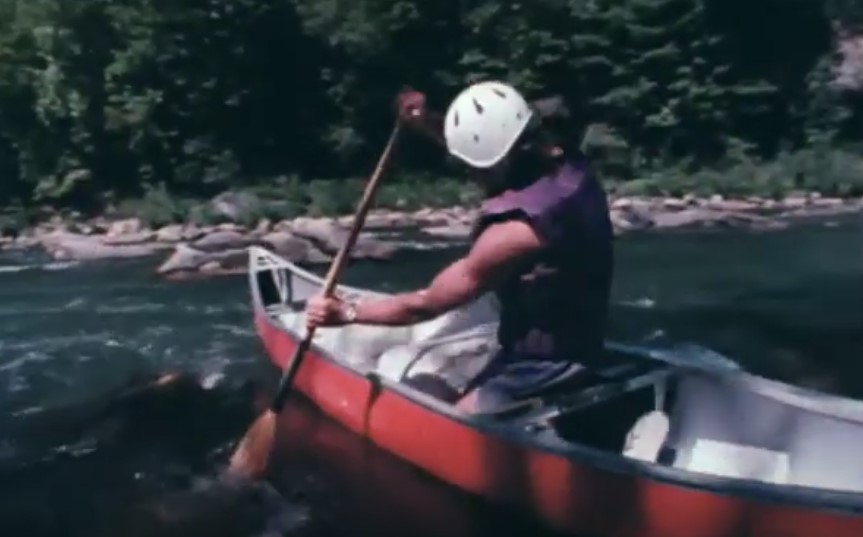
Love it or hate it, plastic changed kayaking forever. The 1970s saw the introduction of rotomolded polyethylene kayaks. These totally changed how the people perceived kayaks.
Why Plastic Kayaks Rock
- Durability: Practically indestructible and could take a beating from rocks and rough waters.
- Affordability: Made kayaking accessible to the masses.
- Variety: Designs tailored for whitewater, sea, and recreational kayaking.
With these innovations, kayaking wasn’t just a niche activity for outdoor enthusiasts. It became a mainstream hobby.
Kayaks in the 21st Century
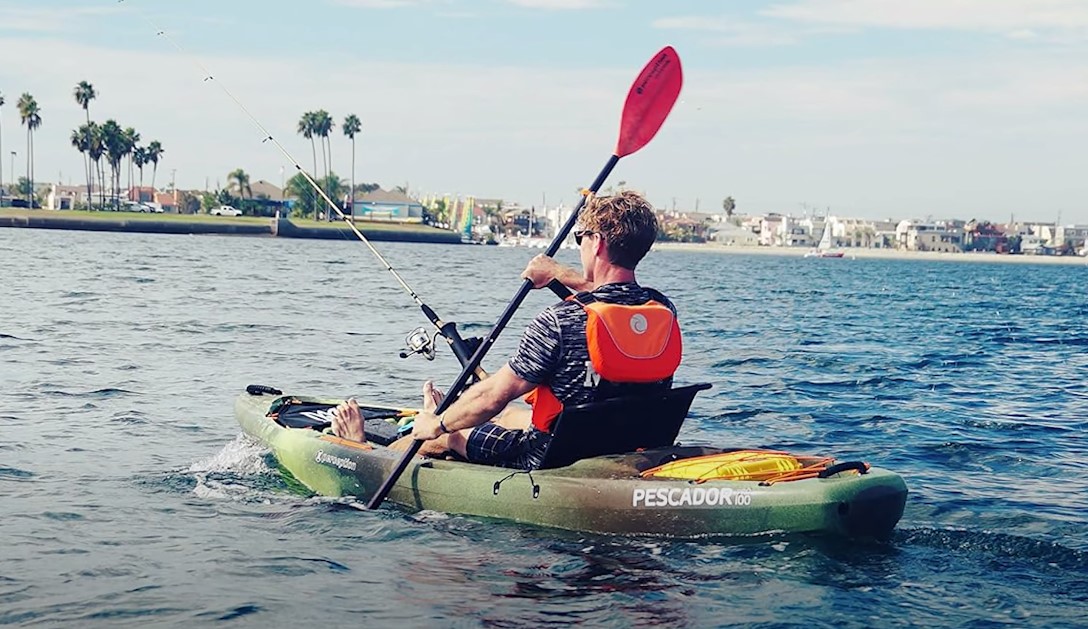
Fast forward to today, and kayaking has embraced technology. We’ve got everything from high-tech materials to specialized designs for every kind of water adventure.
Current Trends in Kayaking
- Materials: Kevlar, carbon fiber, and advanced composites make modern kayaks lighter and stronger.
- Specialization: Kayaks for whitewater, sea, recreational, fishing, and even racing.
- Sustainability: Eco-friendly materials and practices are gaining traction, addressing environmental concerns.
Why Kayaking Remains Popular
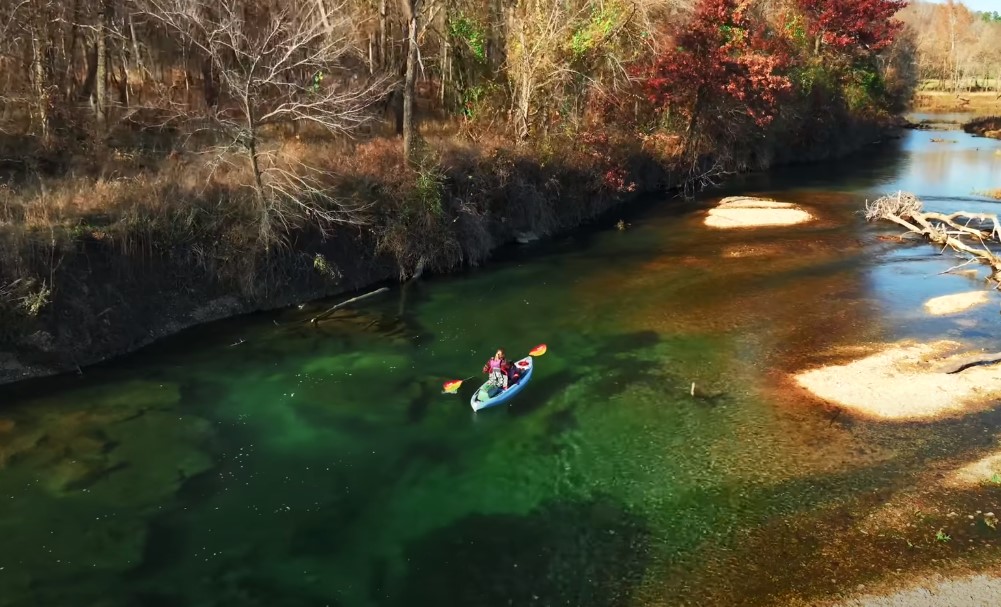
So why has kayaking stood the test of time? It’s simple. Kayaking connects us with nature in a way few activities can. Whether it’s the thrill of navigating rapids or the serenity of a peaceful lake, kayaking offers something for everyone.
Reasons to Love It
- Versatility: There’s a kayak for every type of water and every skill level.
- Accessibility: From budget-friendly models to high-end designs, there’s a kayak for every budget.
- Fitness: It’s a fantastic workout that’s easy on the joints but tough on the muscles.
Kayaks today benefit from high-tech materials, computer-aided design, and precision manufacturing, allowing for a variety of specialized designs and features. These advancements make kayaks more efficient, durable, and suited for different environments and activities.
The globalization of the supply chain has made it easier to access a wide range of materials and designs, enabling manufacturers to produce high-quality kayaks at lower costs.
Final Thoughts
From humble beginnings in the Arctic to the sleek, high-tech vessels of today, kayaks have evolved remarkably.
Their design and materials may have changed, but the essence remains the same. Kayaking is about exploration, adventure, and a deep connection to water.

